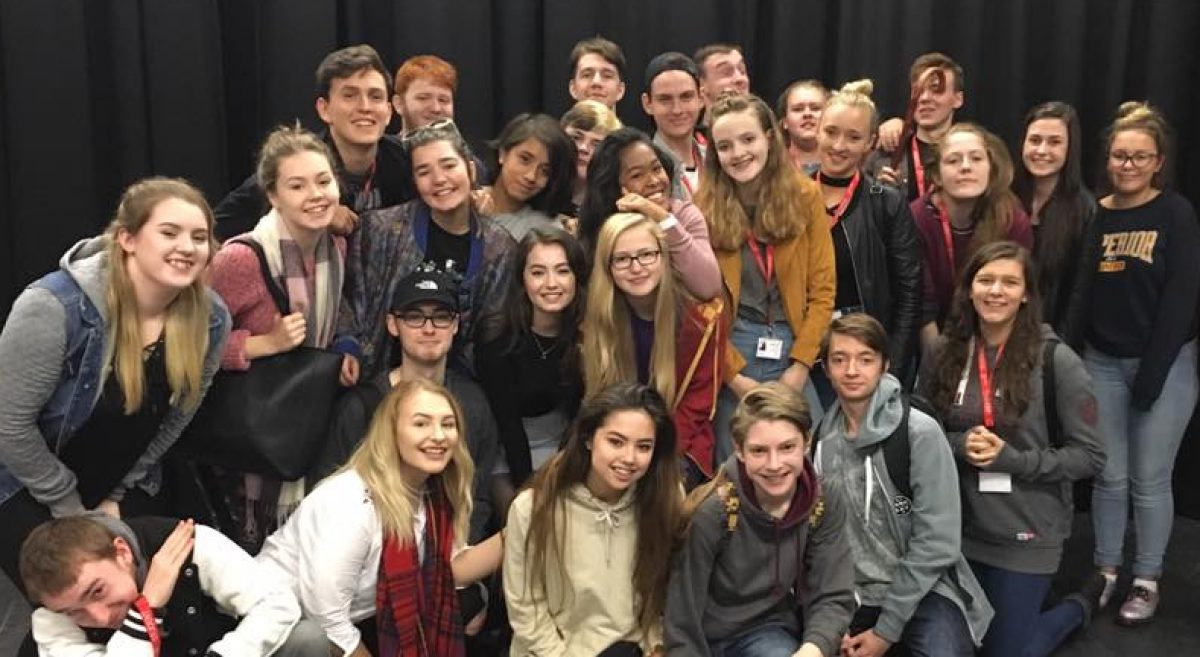Frantic assembly, led by director Scott Graham, is a theatre company which strongly co-operates with contemporary techniques. The significance of their work stems majorly from the stylistic movement throughout their performances. It was founded in 1994 by Scott, Steven Hogget and Vicki Middleton.
The success of utilising the unique idea of incorporating movement so distinctively into theatre has influenced many other aspiring practitioners and has almost foregrounded an entire new genre of theatre. It is also studied widely and is used by exam boards such as AQA, IB, WJEC and Edexcel.
The company also adopt classic theatre aspects – the physical manner of their performances does not override, simply add an interesting new aspect. An example of this is their production of “Lovesong” in which the play by nature includes substantial dialogue, but the movement draws in the most impact by representing the relationship of the couple over time.
Another highlight of their work is Othello, first performed in 2008 and then revived in 2014. The play involves a lot of movement revolving around a pool table; the actors utilise the object extensively, incorporating a huge amount of choreography revolving around a simple set piece. Here is the trailer for the 2014 production in which the lengths the company goes to emphasise movement, and make this a front to their play can be clearly observed: https://www.youtube.com/watch?v=jx9CuMObPK4
Obviously, there is a massive amount of choreography involved in these productions, so naturally the rehearsals are in turn extensive. However, the process the company uses (“The Frantic Method”) lets the actors explore movement through many exercise. These frequently involve trust, to let the actors get to terms with their team’s physicality and explore different movements with them. Another key objective within the process is to remove unwanted stimuli and be freer in movement, which corresponds with contemporary work. Over time the actors will generate a trust and strong chemistry between them, ultimately allowing them to perform more extravagant and aspiring movements onstage. The illusion of flying is considered also. This involves an actor being controlled by other actors to create the visual of flight – this must entail the “flying” actor to trust their supporters and immerse themselves into the idea of flying, freedom and marvel are key emotions that can be conveyed through stance, body language/position or even facial expression.
Personal Studies:
I have been practising the methods of Frantic Assembly myself. This has involved exercises such as “flight” in which a group of actors lift a single actor up into the air and the “flying” actor controls their flight path and the actors underneath must co-operate with the leading actors movements. Here is a video clip of the Frantic Assembly company performing this “flight” illusion:
Here is a video clip including me performing a Frantic Assembly style exercise involving embracement coinciding with twisting motion:
I have also performed a “body as a string” (in the style of Grotowski) exercise in which I and a partner interacted with each others bodies and the other responded in an exaggerated fashion (as though our bodies were made of string), for example, if my partner were to touch my stomach I could leap back or even fall to the ground. The touches had to be as light as possible and the reactions more emphasised. Here are some photos of me performing this exercise:


